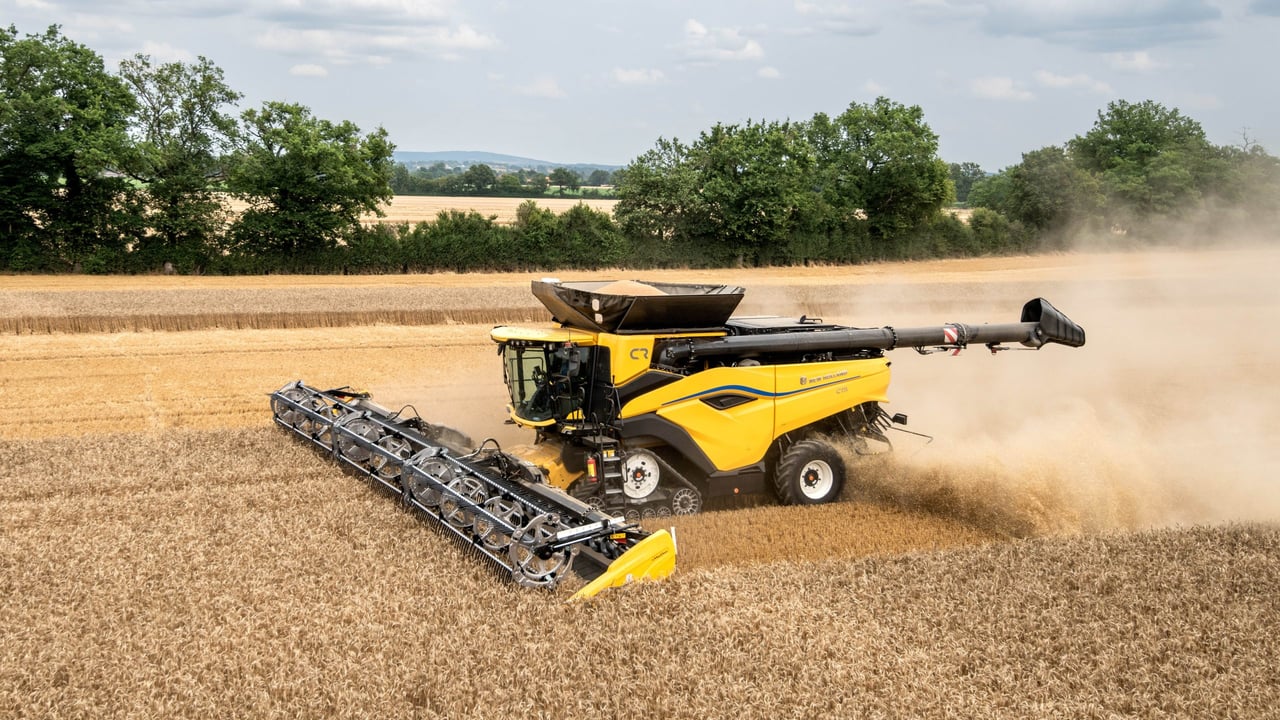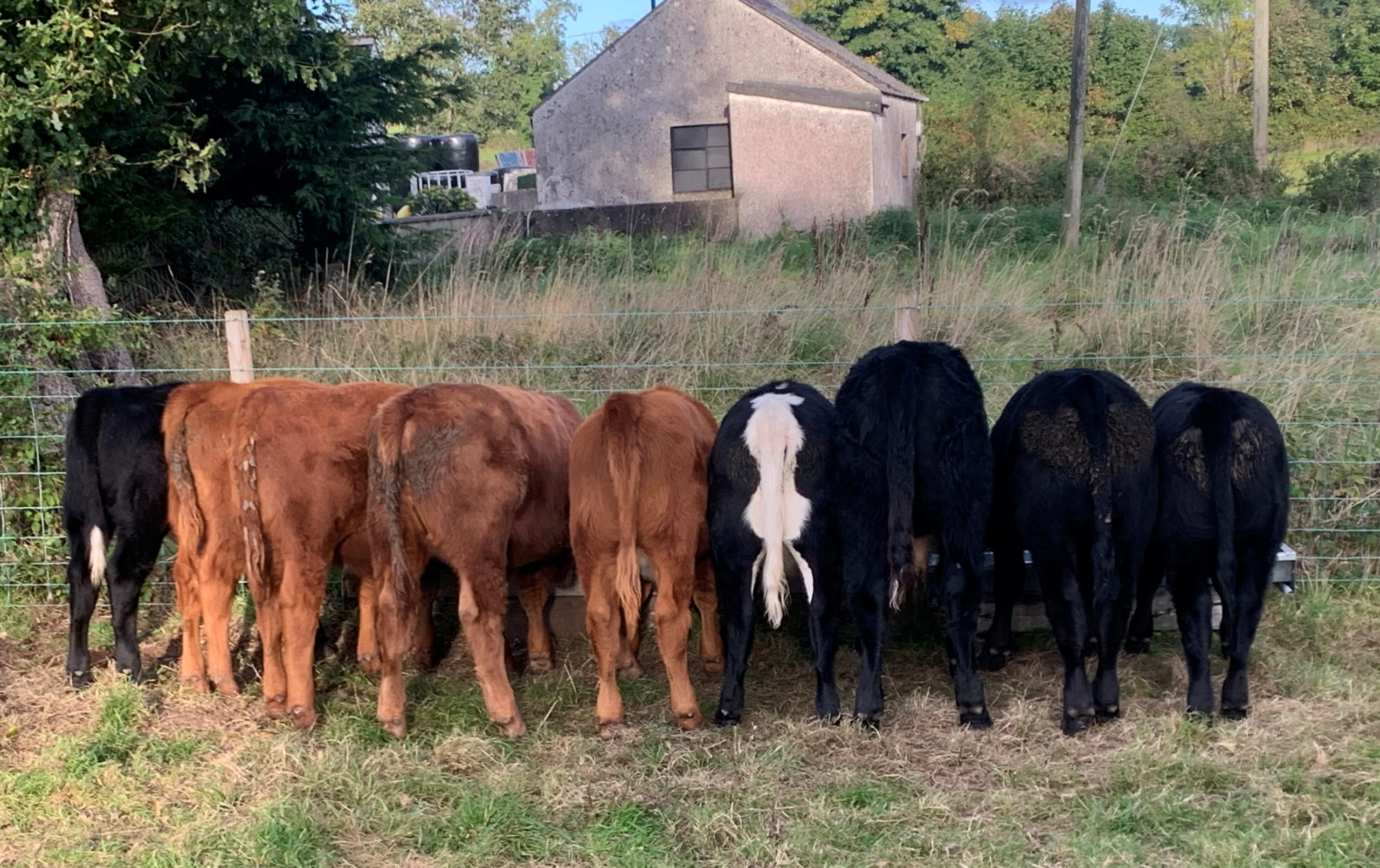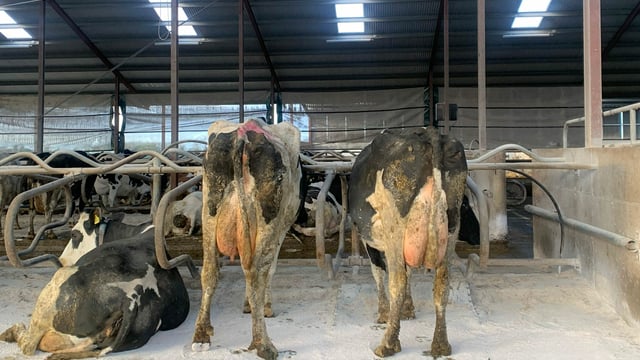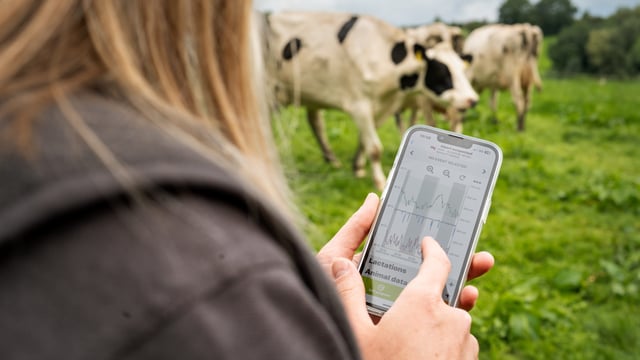Tillage: The wide-ranging benefits of Irish grains
Teagasc continues to highlight the quality of Irish grains, with the organisation confirming that native cereals offer a number of key benefits from an animal feed and other perspectives.
These include: exclusive sourcing, low carbon footprint, and full traceability,
According to Teagasc’s head of Crops Knowledge Transfer, Michael Hennessy, it all adds up to a “high-value feed option”.
Grain produced in Ireland, like anywhere else in the world, is a commodity. Each year, tillage farmers produce around two million tonnes of grain, while an additional four to five million tonnes of other feed ingredients are imported.
This year, however, according to Teagasc, a lack of demand has created the unusual situation where grain assemblers are being forced to export feed oats at a €30 discount on their true feed value.
Meanwhile, millions of tonnes of other feed ingredients are still being imported.
Hennessy said: “Irish research clearly shows that oats perform just as well as barley in ruminant diets.”
Millers and compounders generally base their decisions on nutritional factors such as energy, fibre, protein, and so on, rather than the origin of the grain.
But, according to Teagasc research, Irish grain is different in three important ways.
The first of these relates to their exclusivity: Irish grain can only be purchased directly from Irish farmers.
Sustainability is the next point of difference: Irish grain has one of the lowest carbon footprints in the world, lower than most of our European neighbours.
And, finally, there is the issue of traceability: all Irish grain is fully traceable and produced to strict EU standards.
Hennessy said: “This differentiation is vital as the country works to reduce the carbon footprint of agricultural production, particularly in the livestock sectors.
"While some livestock are fed on native grain, many animals never see Irish grain in their diet.
"When ruminant rations are maximised with native grains, their carbon footprint is roughly half that of rations made entirely from imported ingredients, despite having the same feed value."
He noted that this low carbon footprint can also have benefits further down the food chain.
“Research shows that choosing rations with native grains rather than imported ones can reduce the life cycle assessment (LCA) of milk by 7.4% and beef by 3-5%, depending on the system," Hennessy explained.
“These reductions are significant and highlight the role Irish-grown grain can play in supporting the livestock sector as it works to lower emissions.”






